For what reason did Indira Gandhi decide to raise a dedication to officers who had given their lives for the Bangladesh War right under the opening of that landmark to the frontier armed force, India Gate? Also why has PM Modi decided to quench its fire and consolidation it into another timeless fire that officially breaks with any memory of the Raj?
To get this, we really want to return to the strains that underlay the arrangement of the free Indian state.
On the whole, a diversion to an early morning in August, 1965. Two days before Independence Day. Top state leader Shastri was likely conscious, poring over reports from General Jayanto Chaudhuri on how India’s troopers were ready against their Pakistani partners. In an additional three weeks, India would push through its benefit and nearly enclose Lahore.
However, that day, in the core of Lutyens Delhi, a diverse team of activists from the Samyukta Socialist Party were headed to face their very own conflict. Equipped with pails of tar, a stepping stool and a few sledges, they quietly approached India Gate, overwhelmed two officers, thumping one oblivious, scaled onto the monumental sculpture of King George V under the abutting overhang, covered his face with tar, hacked off his crown, broke off the nose and ears, and draped an image of Subhash Chandra Bose on it. Having accomplished their representative triumph, the gathering vanished into the evening.
The demonstration was generally panned by English-language papers. Plain Moraes, father of the artist Dom Moraes, a Gandhian pukka sahib, who was editorial manager of the Indian Express, referred to it as “debased nationalism”. In this, his perspectives were the same as those of Nehru or Sardar Patel. As Home Minister, Patel had officially condemned the Bombay government for worrying about British landmarks when there were considerably more dire issues to manage. Nehru had a significantly really obliging demeanor towards images of the Raj, believing British sculptures and landmarks to be an essential piece of India’s set of experiences.
This shocked numerous unfamiliar guests to the New Delhi of those occasions. President Eisenhower would remark in 1959 on a visit to the capital, “When I noticed a great sculpture of King George V remaining in a conspicuous spot close to the Palace, I couldn’t resist the urge to keep thinking about whether we in our beginning of freedom would have endured among us a sculpture of King George III.”
The charitable methodology that India’s new decision tip top had towards relics of the Raj had a ton to do with which strand of the decision classes ruled the arrangement of force when we became free. The patriot tip top comprised of three general gatherings – dealers and industrialists, provincial huge landowners, and the regulatory administrative scholarly class what monitored the devices of the state. Since neither the entrepreneur class nor the landowners had sufficient solidarity to administer all alone, the administrative tip top obtained critical independence in coordinating state power.
This strength didn’t happen all of a sudden. It required quite a long while of battle before the administrative world class could secure themselves at the ordering statures of the nation, economy and common society. This battle observed its equal in the Congress party as well, in the fights between the public authority drove by Nehru, and the party satraps. In his battle against the more safe components inside the Congress party, Nehru progressively enlisted objective individuals from the world class to his side. Among them were English-taught technocrats, organizers, and previous ICS officials who were till as of late faithful to the British Raj.


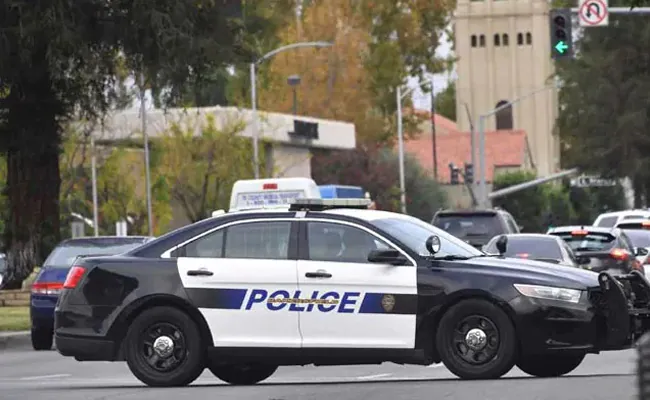 US Man Guns Down 5 Neighbours, They Had Protested His Shooting Practice
US Man Guns Down 5 Neighbours, They Had Protested His Shooting Practice 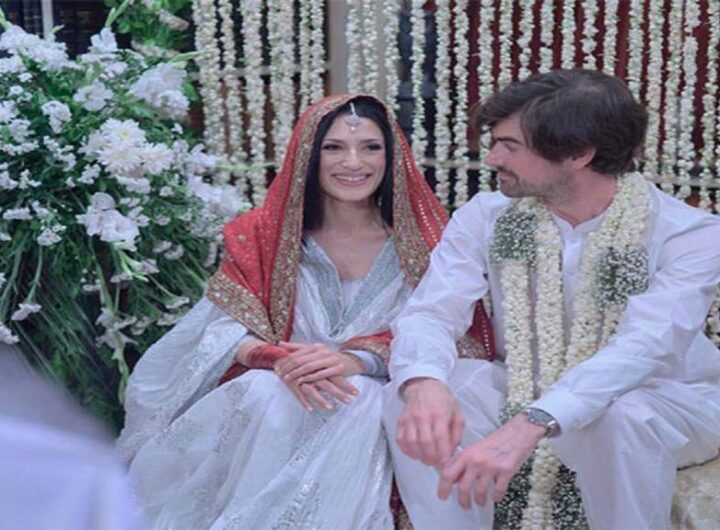 Fatima Bhutto, former Pakistan PM Benazir Bhutto’s niece, marries in intimate ceremony
Fatima Bhutto, former Pakistan PM Benazir Bhutto’s niece, marries in intimate ceremony  Two US Army Helicopters Crash During Alaska Training Flight
Two US Army Helicopters Crash During Alaska Training Flight 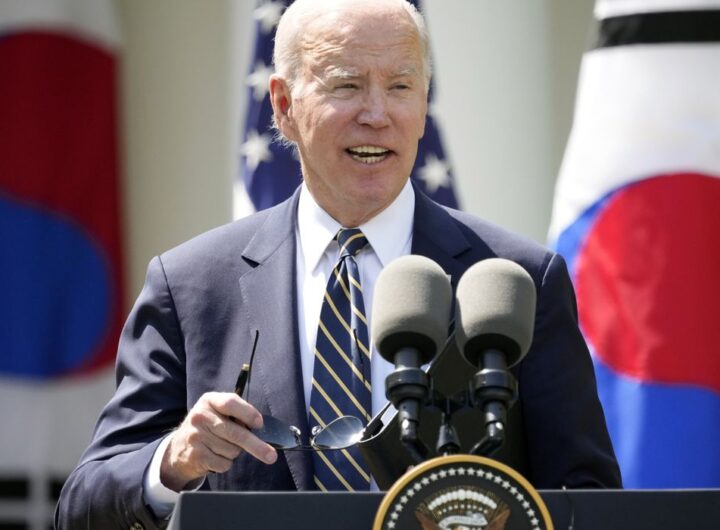 Biden Says Nuclear Attack By North Korea Would Result In “End Of Regime”
Biden Says Nuclear Attack By North Korea Would Result In “End Of Regime” 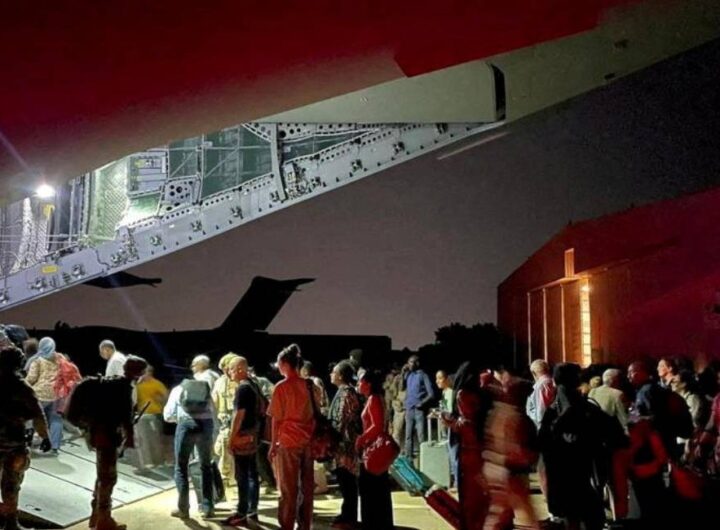 With 72-hour ceasefire in place, India scrambles to evacuate citizens from Sudan
With 72-hour ceasefire in place, India scrambles to evacuate citizens from Sudan 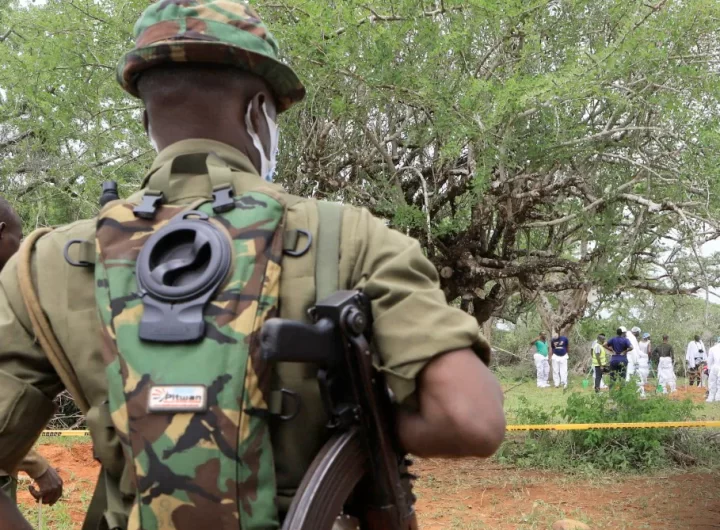 To “Meet Jesus”, 47 Cult Members In Kenya Allegedly Starve To Death: 5 Facts
To “Meet Jesus”, 47 Cult Members In Kenya Allegedly Starve To Death: 5 Facts  What does the remote health kiosk measure?
What does the remote health kiosk measure?